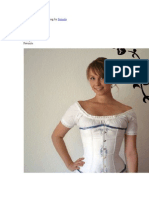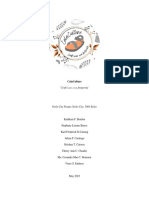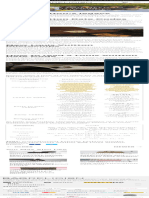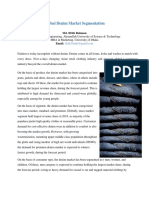100% found this document useful (3 votes)
3K views28 pages08 CreativePatterndevelopment English
The document provides a tutorial on creative pattern development for corsets, emphasizing the transformation of basic patterns into unique designs through adjustments and innovative seamlines. It outlines methods for modifying silhouettes, experimenting with shapes, and using mock-ups to visualize changes. The author encourages starting with a well-fitted basic pattern to facilitate the design process and offers resources for obtaining patterns.
Uploaded by
jean.lugowskiCopyright
© © All Rights Reserved
We take content rights seriously. If you suspect this is your content, claim it here.
Available Formats
Download as PDF, TXT or read online on Scribd
100% found this document useful (3 votes)
3K views28 pages08 CreativePatterndevelopment English
The document provides a tutorial on creative pattern development for corsets, emphasizing the transformation of basic patterns into unique designs through adjustments and innovative seamlines. It outlines methods for modifying silhouettes, experimenting with shapes, and using mock-ups to visualize changes. The author encourages starting with a well-fitted basic pattern to facilitate the design process and offers resources for obtaining patterns.
Uploaded by
jean.lugowskiCopyright
© © All Rights Reserved
We take content rights seriously. If you suspect this is your content, claim it here.
Available Formats
Download as PDF, TXT or read online on Scribd
/ 28

























































































